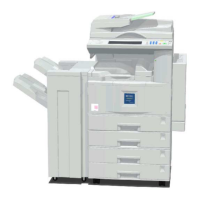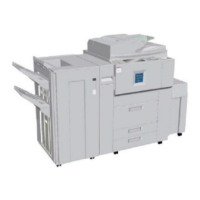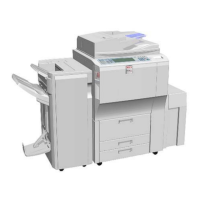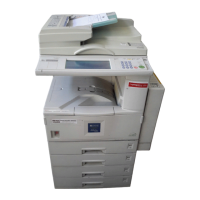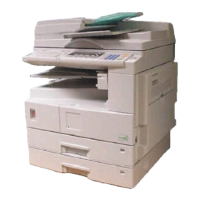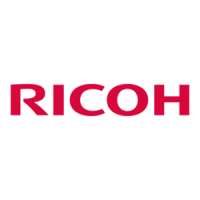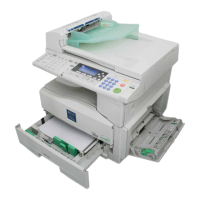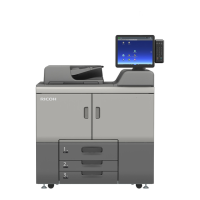ELECTRICAL COMPONENT DESCRIPTIONS
SM 6-9 B234/B235/B236/D101/D102/D103
Detailed
Descriptions
Number Name Description
Motors
cylinder.
M53 Toner Suction Motor Drives the air pump that creates the vacuum
to draw loose toner from the development
unit to the development unit toner collection
bottle.
M54 Toner Supply Motor An independent stepper motor that drives the
toner supply roller.
M55 Toner Supply Pump Motor Mounted between the toner hopper and the
toner supply cylinder, this pumps the toner
that the supply cylinder has received from
the toner bank into the toner hopper.
M56 Toner Transport Pipe Cooling Fan Cools the toner transport pipe between the
toner entrance bank and the toner cylinder.
M57 Upper Bottle Cap Motor Opens and closes the inner cap of the upper
toner bottle.
M58 Upper Relay Motor Drives the upper relay rollers that transport
paper to the registration rollers, the duplex
exit roller, and the LCT relay roller.
M59 Upper Toner Bottle Motor Rotates the upper toner bottle to supply toner
to the toner entrance tank.
M60 Vertical Relay Motor Feeds paper between the 2nd transport
rollers below and the 1st transport rollers
below. This motor is needed due to the
height of the 1st tray.
M61 Controller Box Cooling Fan Cools the controller box interior.
Number Name Description
PCBs
PCB1 AC Drive Board Drives the ac components (fusing lamps,
anti-condensation heaters).
PCB2 BCU BCU (Base-Engine Control Unit): Main
control board, controls the engine sequence,
timing for peripherals, image processing, and
the video data path
PCB3 Interface Board Sorts and routes signals to electrical
components.
PCB4 Controller Board Controls the memory and all peripheral
devices. The GW architecture allows the
board to control all applications, i.e. copying,
printing, and scanning. In order to add an
option (printer, scanner), the appropriate
ROM DIMM must be installed on the
controller.
PCB5 IOB IOB (Input/Output Board): The IOB handles
the following functions: (1) Drive control for
the sensors, motors, and solenoids of the
main unit, (2) PWM (pulse width modulation)
control for the high voltage supply board, (3)
Serial interface with peripherals, (4) Fusing
control.
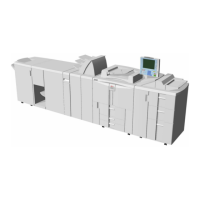
